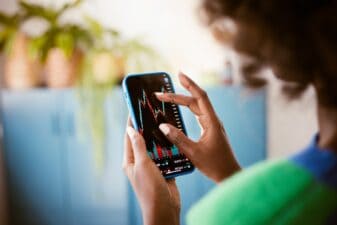For much of the past three years, investors have continually questioned the sustainability of the Royal Dutch Shell (LSE: RDSB) dividend payout as the price of oil has languished.
Indeed, as the price of oil has fallen to its lowest level in over a decade, Shell has been paying out more than it can realistically afford to investors, filling the gap between income and spending with debt. For example, during 2015 the company paid a total dividend of $9.4bn to investors even though free cash flow after capital expenditure was only $4bn. Last year, including capital spending and the dividend, the company spent $10bn more than cash generated from operations.
In both of these cases, borrowing filled the gap between spending and income. As a result, and including the acquisition of BG Group, Shell’s debt has ballooned to a staggering $92.5bn, a gearing ratio of 50%. Five years ago, its gearing was 22%.
But despite the cash crunch and rising level of debt, I believe the group’s dividend payout is here to stay.
The worst is over
It looks as if the worst is now over for the oil market. After the price of Brent crude collapsed to a low of $35/bbl at the beginning of 2016, the price of black gold has now rallied back above $55/bbl, and Shell’s income has also steadily improved.
During the first quarter of 2016, the group generated $661m in cash from operations, hardly enough to cover 10% of capital spending commitments for the period. However, during the last two quarters of 2016, cash generated from operations came in at just under $18bn. This total was more than enough to cover capital spending commitments, the dividend and to reduce debt from a high of $98bn at the end of the third quarter to that $92.5bn by the end of the year. Asset sales also helped bulk up cash flows.
Shell’s dividend payout costs the company around $2.5bn per quarter, which is usually easily covered by cash generated from operations. As the price of oil has languished, cash generation has failed to meet spending commitments, but Shell’s management has reacted quickly to improve dividend longevity.
Crunching numbers
Shell’s capital spending obligations have fallen by half since 2013. This year the group is planning to spend $25bn, down from around $29bn for 2016. During 2015 the average Brent crude price was $52.4/bbl on which Shell managed to generate $30bn. This year the price of Brent has averaged $55bbl so looks as if Shell will be able to generate $30bn or more in cash from operations. Cash generation should easily meet capital spending commitments and when combined with the group’s targeted $30bn of asset disposals it looks highly likely that Shell will be able to both cover its dividend and pay down additional debt during 2017.
So overall, it looks as if Shell’s 6.6% dividend yield isn’t going away any time soon.







